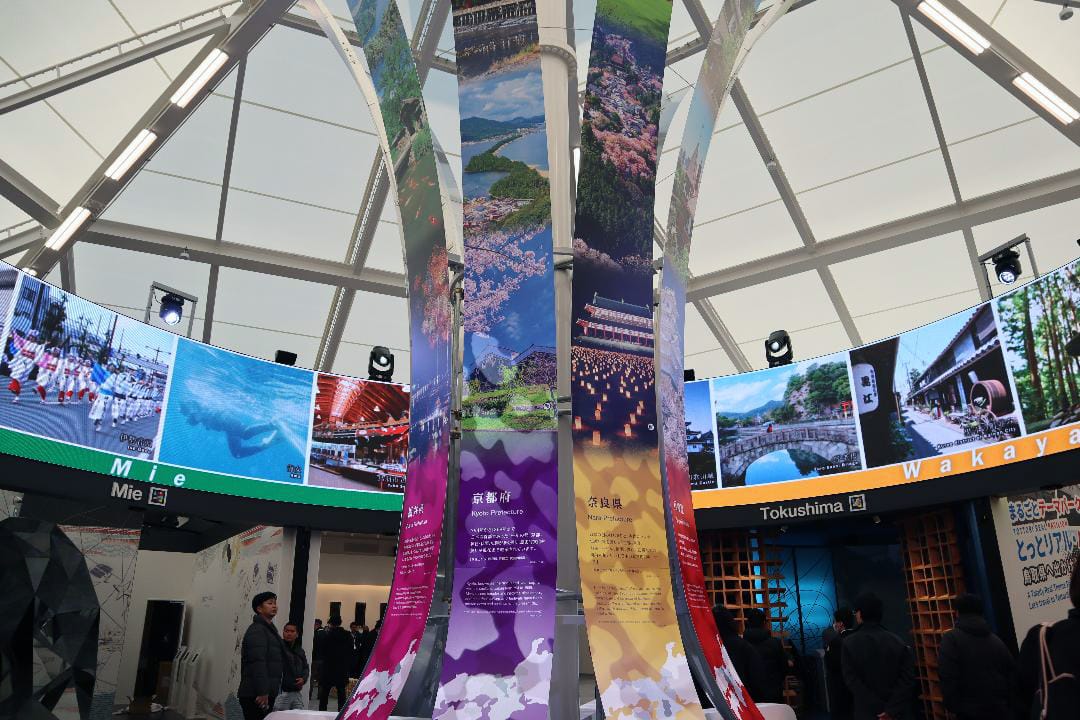By Suvendrini Kakuchi
OSAKA – The throngs of visitors, including foreigners, at the Kansai Pavilion at Expo 2025 is a welcome sight for Naoto Kawasaki, director of tourism promotion at the Shiga prefectural government.
“We are happy to showcase the hidden beautiful areas of the Kansai area. We hope more people will visit us,” he said.
The ongoing expo, an international event, opened in April and will run for six months.
Kawasaki anticipates a surge in tourism as the expo draws global attention. The hope is that visitors will combine their trip to the expo with explorations of nearby destinations.

“The expo is a gateway,” he said. “After visiting the site, people can also spend a few extra days in other parts of Kansai. They will then return home and share the beauty of these places with their friends.”
The Kansai Pavilion highlights the rich diversity of nine prefectures in western Japan, including Shiga. While Tokyo is Japan’s bustling capital, Kansai is considered the historical and cultural heart of the country. As inbound tourism continues to grow, regional governments are promoting destinations beyond well-known spots like Kyoto and Osaka.
“Please explore the rest of the region,” Kawasaki urged.
The pavilion, designed in the shape of a lantern, is divided into sections that represent each participating prefecture. Shiga’s exhibit focuses on Lake Biwa, Japan’s largest freshwater lake, showcasing advanced water purification technologies. The display features striking visuals of the clear blue lake, home to fish and other species that are staples in local cuisine.
Hyogo Prefecture’s section centers on disaster resilience, with a short film about the 1995 Great Hanshin Earthquake and Kobe City’s recovery efforts. The pavilion also features regional festivals, ancient temples, and interactive activities such as traditional dance performances.
Tottori Prefecture highlights its famous sand dunes, the only desert area in Japan where visitors can even enjoy camel rides.
Home to more than 22 million people, the Kansai region accounts for nearly 18% of Japan’s gross domestic product. Takeo Mori, director of the Kansai Pavilion, said the Union of Kansai Governments, established in 2018, aims to address shared regional challenges, overtourism among them.
“Rather than limiting the number of visitors to popular spots like Kyoto and Osaka, the Kansai Pavilion encourages exploration of less-traveled areas such as Tottori and Shiga,” Mori said.


